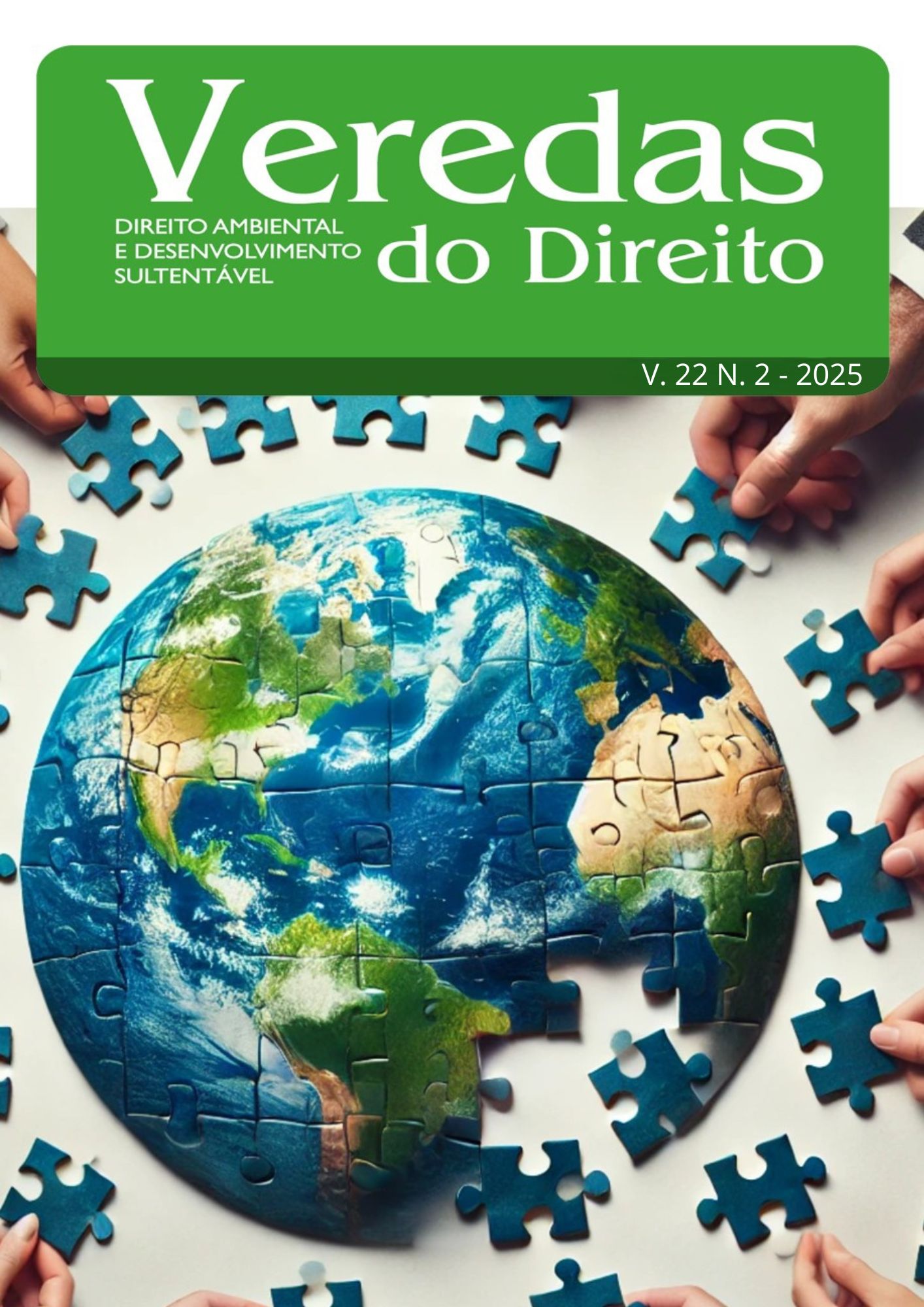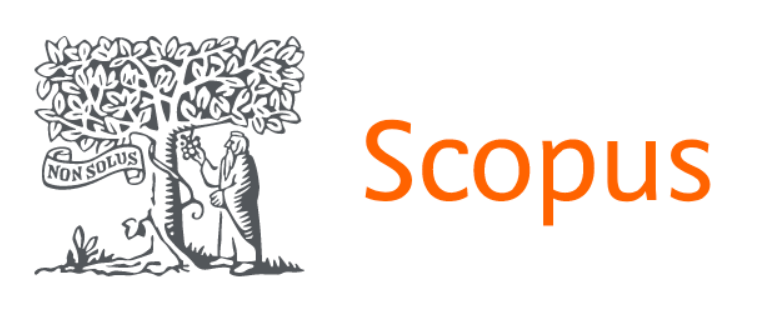DEVELOPING A SUSTAINABLE DESIGN TOOLKIT FOR WOOL PRODUCTS
DOI:
https://doi.org/10.18623/rvd.v22.n2.3263Palavras-chave:
Sustainable Design Toolkit, Sustainability, Fashion Industry, Textile, Wool, EducationResumo
This study develops a sustainable design toolkit for the wool industry to provide a systematic framework that reduces the environmental impact of wool products. Based on lifecycle thinking and circular design principles, the framework integrates global sustainability standards with industry practices across the product lifecycle, from material sourcing to end-of-life management. Using qualitative analysis, the toolkit is structured into four modules: material selection, design guidelines, production practices, and end-of-life management. Case studies and literature review were conducted to capture industry needs and synthesize existing research. The findings highlight a strong demand for the toolkit, with positive feedback from academia and supply chain partners. The toolkit consolidates fragmented standards, offering a practical and adaptable resource that will continue to evolve. This research contributes both theoretically and practically by equipping practitioners with tools to strengthen the wool industry and support the transition of the fashion and textile sector toward sustainability and circularity. It fills a gap in sustainable wool design by providing a unified framework that connects research, standards, and best practices.
Referências
Ellen MacArthur Foundation. (2017). A New Textiles Economy: Redesigning Fashion’s Future.
WWF. (2020). The Environmental Cost of Cotton: Water and Pesticide Use.
Boucher, J., & Friot, D. (2017). Primary Microplastics in the Oceans: A Global Evaluation of Sources. IUCN.
McDonough, W., & Braungart, M. (2002). Cradle to Cradle: Remaking the Way We Make Things. North Point Press.
Nielsen. (2019). The Evolution of the Sustainable Consumer: Willing to Pay More for Sustainability.
IWTO. (2021). The Natural Benefits of Wool: Environmental Sustainability. International Wool Textile Organization.
The Campaign for Wool. (2021). Wool and Its Role in Sustainable Economies. Retrieved from www.campaignforwool.org
International Wool Textile Organization. (2020). The Economic Impact of Wool Production. Retrieved from www.iwto.org
Harris Tweed Authority. (2022). Harris Tweed: The Story of a Handwoven Fabric. Retrieved from www.harristweed.org
Smith, J., & Jones, L. (2019). Textile Traditions of the Andes: Wool Weaving and Cultural Identity. Oxford University Press.
Fashion Revolution. (2020). Fashion Transparency Index.
Global Fashion Agenda. (2021). Circular Fashion System Commitment Progress Report.
Textile Exchange. (2022). Preferred Fiber and Materials Market Report.
WWF. (2020). The Environmental Cost of Cotton: Water and Pesticide Use.
Wool. Patagonia. https://www.patagonia.com/our-footprint/wool.html
Social Responsibility. Patagonia. https://www.patagonia.com/social-responsibility/
Li, C., Sindhuphak, A. (2024) Establishing Sustainable Education for Fashion and Textile design According to the SDG. Journal of Lifestyle & SDG’s Review
Downloads
Publicado
Como Citar
Edição
Seção
Licença
Submeto (emos) o presente trabalho, texto original e inédito, de minha (nossa) autoria, à avaliação de Veredas do Direito - Revista de Direito, e concordo (amos) que os direitos autorais a ele referentes se tornem propriedade exclusiva da Revista Veredas, sendo vedada qualquer reprodução total ou parcial, em qualquer outra parte ou outro meio de divulgação impresso ou eletrônico, dissociado de Veredas do Direito, sem que a necessária e prévia autorização seja solicitada por escrito e obtida junto ao Editor-gerente. Declaro (amos) ainda que não existe conflito de interesse entre o tema abordado, o (s) autor (es) e empresas, instituições ou indivíduos.
Reconheço (Reconhecemos) ainda que Veredas está licenciada sob uma LICENÇA CREATIVE COMMONS:
Licença Creative Commons Attribution 3.0






